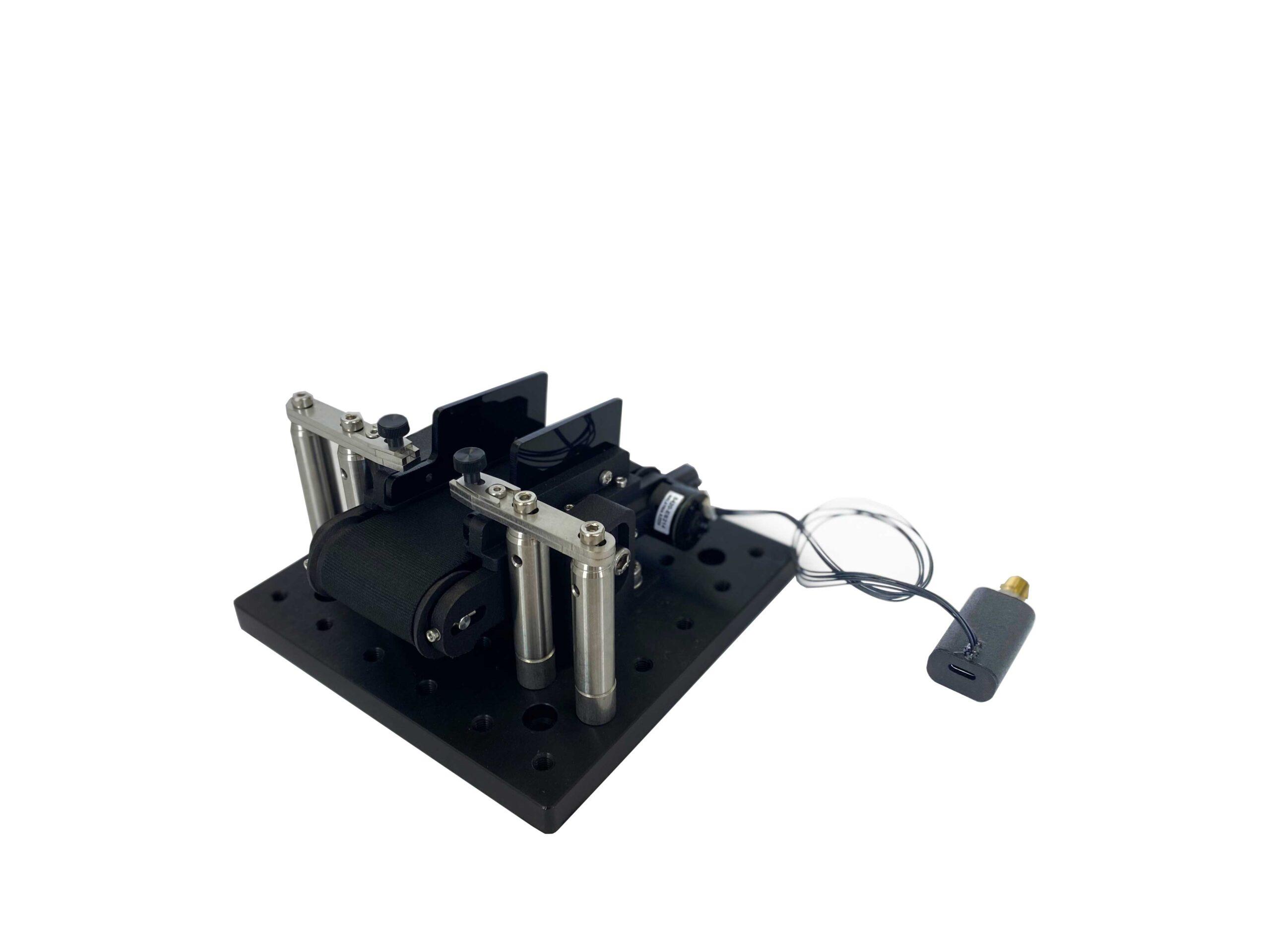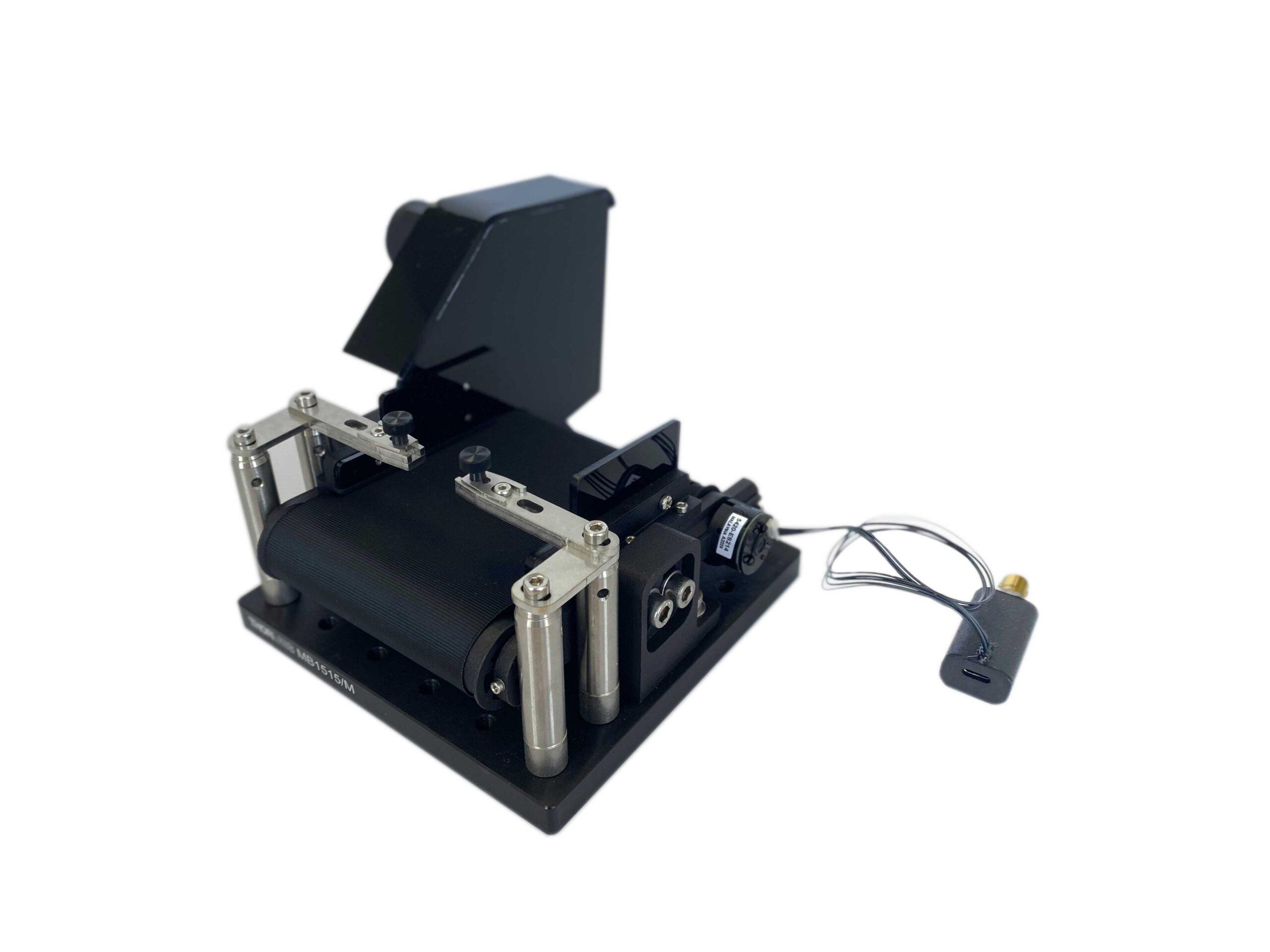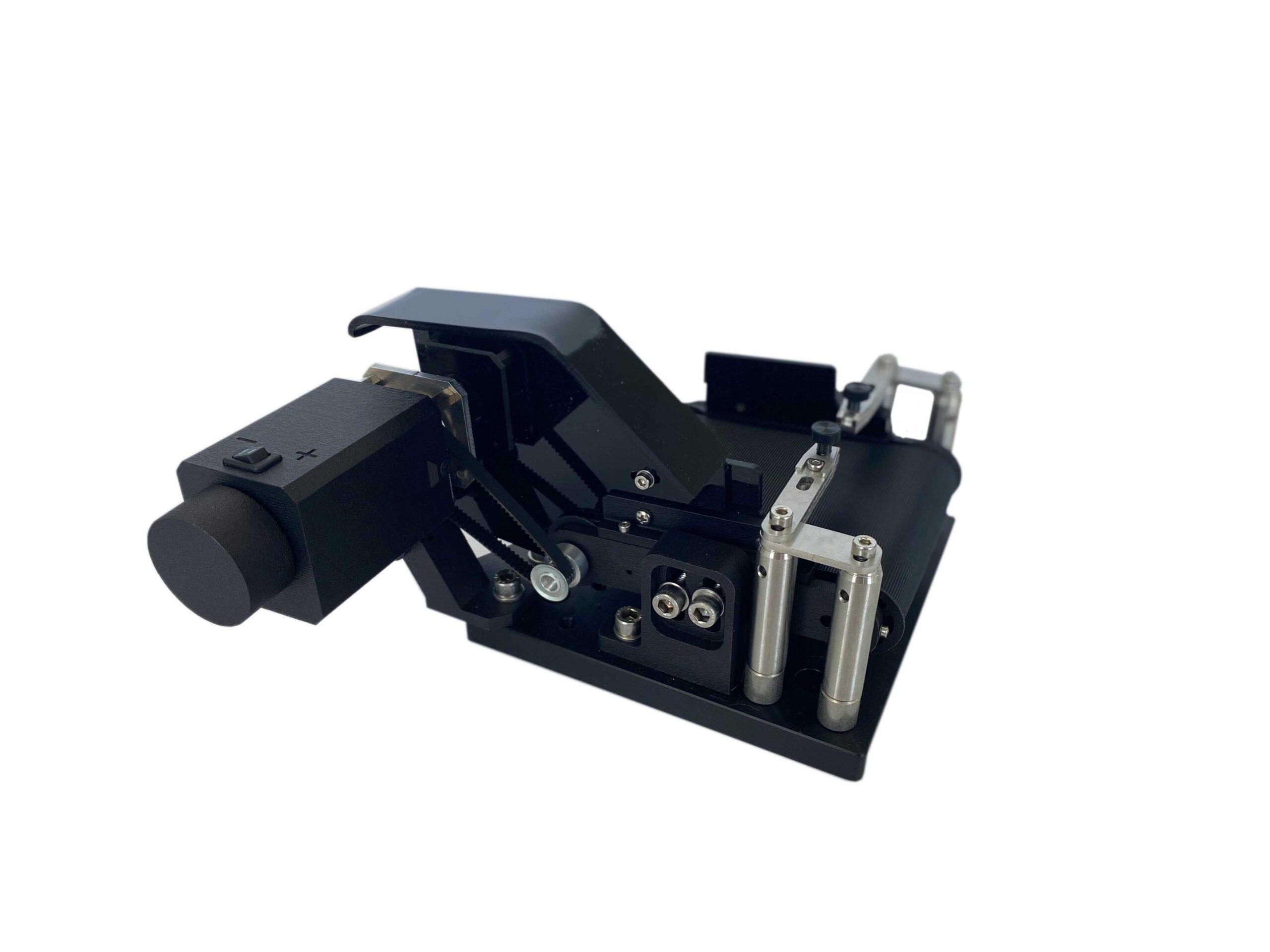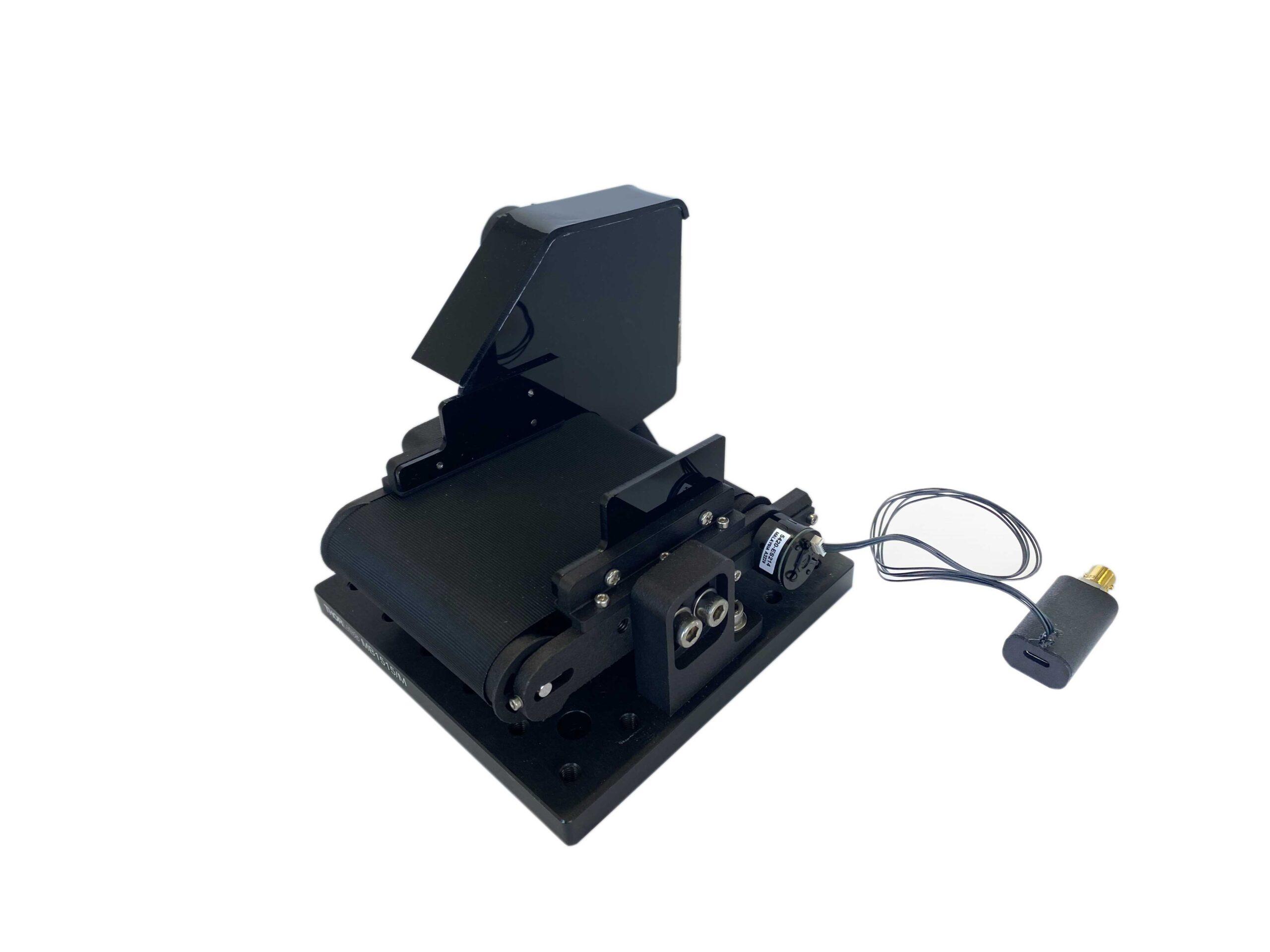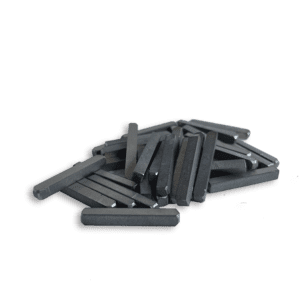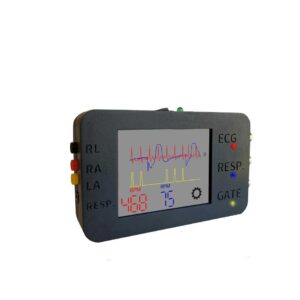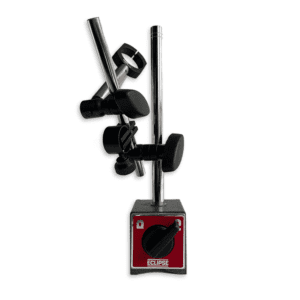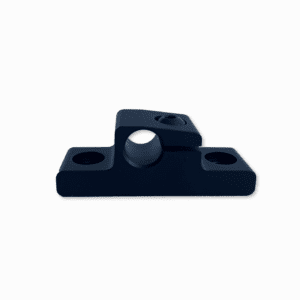Low Friction Rodent Driven Belt Treadmill
USD$ 1,000.00 – USD$ 1,700.00
In stock: ships within 1 to 3 business days.
Researchers can save time and resources by ordering the machined, pre-assembled and tested Low Friction Rodent Driven Belt Treadmill from HHMI’s Janelia Research Campus. LabeoTech is pleased to possess a license for Janelia’s design and is also offering a range of optional accessories designed to complement the device. Indeed, the treadmill can be equipped with a head fixation system and/or it can be motorized to facilitate training. Also, a software (Windows/Mac compatible) is provided to display the speed and distance of the treadmill and save them in .csv format. The treadmill is also fully compatible with PsychoPy. 1 extra belt is supplied with the treadmill.
Specifications
- Low friction, manually (rodent) driven treadmill
- Low profile design fits under most microscopes, including our OiS200 modular optical imaging system
- Inclination (front-back) and translation adjustment for rodent comfort
- Quadrature rotary encoder, decoded by an Arduino interface
- USB serial interface for speed and accumulated distance
- 0-3.3V analog output of speed and direction
- USB-C powered (wall adapter and cable included)
- Teflon surface for low friction
- Connects easily to M6 or 1/4″ breadboards
- Optional Motor Add-on
- Wide version (90 mm belt)
- Easily detachable for low friction function
- Drive speed: 10 mm/s to 800 mm/s
- Belt driven
- Adjustable to match any treadmill slope/position
- Potentiometer speed control or sofware control via USB/serial
- Enable/disable switch
- Slow ramp start feature
- USB-C powered (wall adapter and cable included)
- Comes on a 150 X 150 mm metric breadboard (M6 taps) – Available on imperial breadboard on request
- Optional Head Fixation Add-on
- Compatible with our 25 mm headbars available here. Contact us to design a custom holder for your headbars.
- Comes on a 150 X 150 mm metric breadboard (M6 taps) – Available on imperial breadboard on request
Description from Janelia (source)
The treadmill is relatively small and inexpensive compared to most existing designs. It is manually driven with a single sensor to track the movement of the belt. Some of the users make use of this sensor, but it is not necessary for all. Fundamentally, it can be used as a free turning manual treadmill.
It may be used for natural action (e.g., walking) for the mouse to take during an experiment instead of standing still. For example, some users let the mice walk normally on the treadmill and then play a tone the mouse associates with a trained response to see if the mouse will start or stop moving.
Training Protocol
Mice must be habituated to the treadmill to reduce stress. We recommend doing the habituation for 20 minutes to 1 hour each day for 3 to 5 days.
- Training protocol example for the rodent driven treadmill: Jackson, Jesse, et al. “Inhibitory control of prefrontal cortex by the claustrum.” Neuron 99.5 (2018): 1029-1039.
- Training protocol example for the motorized treadmill: Moeini, Mohammad, et al. “Cerebral tissue pO2 response to treadmill exercise in awake mice.” Scientific Reports 10.1 (2020): 13358. (see Table 1)
Publications
Jackson, J., Karnani, M. M., Zemelman, B. V., Burdakov, D., & Lee, A. K. (2018). Inhibitory control of prefrontal cortex by the claustrum. Neuron, 99(5), 1029-1039.


